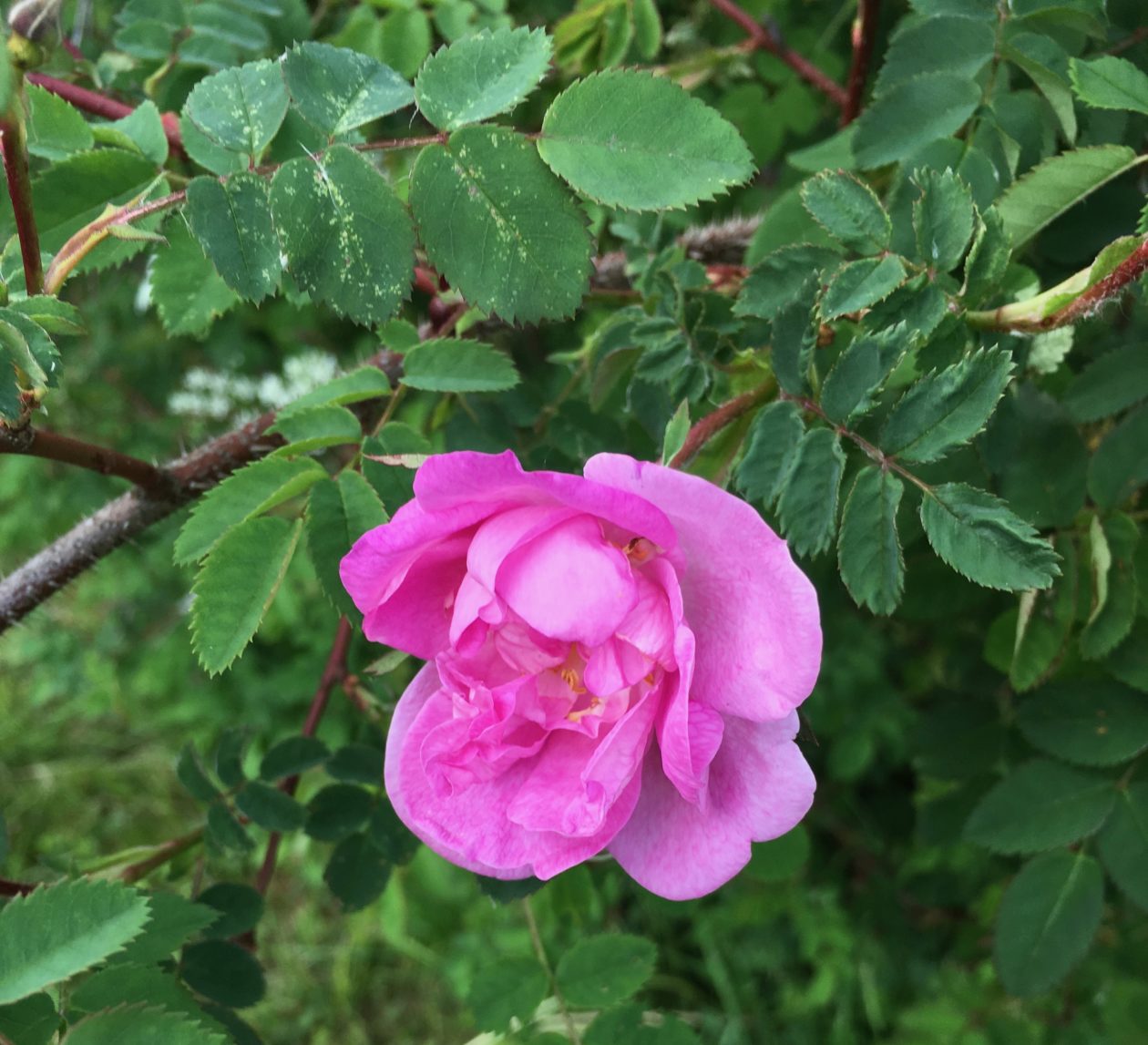To answer that question, we can see what is published in various haiku magazines. I have found these instructions that come from the British Haiku Society:
A haiku should:
– be short enough to be read aloud in a single breath
– happen right now (avoid references to past or future tense)
– be written in the present tense
– contain two images that are separated by a break (kireji) and lead to an ”aha” experience in the reader
– appreciate small, everyday things
– be written in everyday words
– use concrete images (avoid abstract words such as ”justice, ”poverty” and ”discrimination ”)
– be written by a neutral observer
– avoid similes and metaphors
– avoid too many adjectives or adverbs
– contain a seasonal reference (kigo) where applicable
– no titles are required
